
The trucking industry is on the brink of a significant transformation as we step into a new era marked by technological advancements and evolving consumer demands. With each passing year, the landscape of trucking continues to evolve, presenting new opportunities and challenges that will shape the industry in the next 5-10 years. Let’s take a closer look at these changes and how they align with the latest statistics in this blog.
Autonomous Trucks Take Center Stage
One of the most anticipated advancements in the trucking industry is the widespread adoption of autonomous trucks. Over the next decade, we can expect to see more autonomous trucks hitting the roads, revolutionizing long-haul transportation. These self-driving vehicles have the potential to enhance safety, increase efficiency, and reduce operational costs. According to recent statistics, the global autonomous truck market is projected to grow from $33 billion in 2023 to $67.73 billion by 2030, exhibiting a CAGR of 10.8% during the forecast period.
While fully autonomous trucks might still be a few years away, we can expect to witness the gradual integration of autonomous features that assist truck drivers and improve overall logistics operations. This development is crucial as the shortage of truck drivers is adding to global supply chain challenges. In the US, the shortage of truck drivers was at an all-time high of 80,000 in October 2021, and the shortfall might increase to more than 160,000 drivers by 2030, according to the American Trucking Associations.
Electrification and Sustainability

As environmental concerns take center stage globally, the trucking industry is also embracing sustainability. Electric trucks are poised to become more prevalent in the coming years as advancements in battery technology and charging infrastructure make electric vehicles (EVs) more viable for long-haul transportation. The shift towards electric trucks will not only reduce carbon emissions but also lower operating costs, making it a win-win for both the industry and the environment.
In Pakistan, the government’s electric vehicle policy aims to convert 30% of all vehicles to electric by 2030, which will also impact the adoption of electric trucks in the country.
Connectivity and IoT Revolutionize Fleet Management
The Internet of Things (IoT) is transforming industries across the board, and trucking is no exception. In the next 5-10 years, we can expect to see the widespread adoption of IoT devices and connectivity solutions in trucks and trailers. These IoT-enabled devices will provide real-time data on various aspects such as fuel efficiency, vehicle health, and driver behavior, allowing for more informed decision-making and proactive maintenance.
Fleet managers in Pakistan, inspired by the government’s push for technological advancements, will have unprecedented visibility and control over their operations, leading to improved efficiency and reduced downtime.
Big Data and Analytics for Enhanced Logistics
The trucking industry generates vast amounts of data every day. In the future, harnessing this data through big data analytics will become crucial for optimizing logistics operations. Advanced analytics will help in route optimization, load planning, and predictive maintenance, leading to cost savings and increased efficiency. Moreover, data-driven insights will enable trucking companies to provide more accurate delivery estimates and improve overall customer experience.
Truck It In is at the forefront of this data revolution, leading the charge in data analytics and data-driven insights. Through our cutting-edge analytics systems, we leverage this wealth of data to provide our clients with unparalleled visibility and efficiency in their operations. Our commitment to harnessing data for the benefit of our clients ensures that we stay ahead of industry trends and deliver top-notch service.
Blockchain for Secure and Transparent Transactions
Blockchain technology is set to revolutionize the trucking industry by providing secure and transparent transactions. Smart contracts on the blockchain will streamline payments and documentation processes, reducing administrative burdens and eliminating disputes. With blockchain, trucking companies can create an immutable and tamper-proof record of every transaction, ensuring trust and efficiency throughout the supply chain.
Last-Mile Innovations for Urban Delivery
The rise of e-commerce has fueled the demand for last-mile delivery solutions, particularly in urban areas. Over the next decade, we can expect to see significant advancements in last-mile innovations, such as the use of electric cargo bikes, drones, and robotic delivery vehicles. These solutions will address the challenges of congested urban areas, reduce emissions, and offer faster and more efficient delivery options for consumers.
Driving Toward Tomorrow: The Exciting Future of the Trucking Industry

The future of trucking holds immense promise, with exciting technological advancements and sustainability efforts on the horizon. Embracing these changes will be essential for trucking companies to stay competitive and thrive in the dynamic landscape of tomorrow. As we look ahead, it’s evident that the future of trucking is bound to be smarter, greener, and more efficient than ever before.
Ready to explore more about the future of trucking and how Truck It In is leading the way? Visit our website to learn more or check out our other insightful blogs for valuable industry insights.
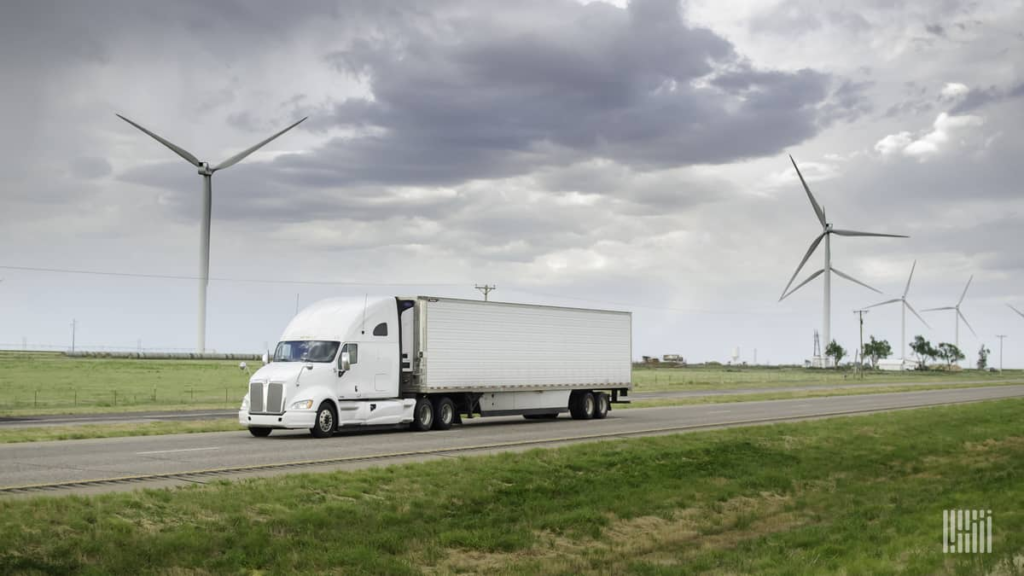
In today’s world, sustainability and environmental responsibility have become paramount concerns for businesses across the globe. The logistics industry, in particular, plays a significant role in the global carbon footprint due to its extensive use of transportation and energy-intensive operations. To combat this, understanding and managing carbon emissions, specifically Tier 3 emissions, have become crucial.
In this blog post, we’ll explore what Tier 3 carbon emissions are and their link with logistics, the role of Transport Management Systems (TMS) in measuring carbon footprints accurately, global trends in logistics and carbon offsetting, and how Truck It In is working towards introducing carbon emissions measuring and offsetting to its clients.
Understanding Tier 3 Carbon Emissions
Tier 3 carbon emissions, also known as Scope 3 emissions, refer to indirect emissions generated by an organization’s activities but occur as a result of the company’s value chain. In the context of logistics, Tier 3 emissions encompass everything from the manufacturing of products, transportation of goods, and even the end-use of products by customers. According to Deloitte, for many businesses, Scope 3 emissions account for more than 70 percent of their carbon footprint. These emissions are typically the most challenging to measure and control, as they involve multiple stakeholders and complex supply chains.
Tier 3 emissions specifically focus on the transportation and distribution aspect of logistics making the logistics industry a significant contributor to Tier 3 emissions, primarily through transportation activities. The burning of fossil fuels in trucks, ships, and planes releases vast amounts of greenhouse gasses, contributing to global warming and climate change. As a result, logistics companies have a crucial role to play in reducing these emissions and improving their sustainability efforts.
The Impact of Tier 3 Emissions in Logistics
Transportation accounts for a substantial portion of global carbon dioxide emissions, making it a crucial area to address when aiming to reduce carbon footprints.

Transport accounts for around one-fifth of global carbon dioxide (CO2) emissions [24% if we only consider CO2 emissions from energy]. In some countries – often richer countries with populations that travel often – transport can be one of the largest segments of an individual’s carbon footprint.
According to the the UK Government’s methodology paper for greenhouse gas reporting, Greenhouse gases are measured in carbon dioxide equivalents (CO2eq), meaning they also account for non-CO2 greenhouse gases and the increased warming effects of aviation emissions at high altitudes.
The pursuit of an actively decarbonized supply chain is swiftly evolving into a mandatory business credential. However, companies aiming to be role models in the fight against climate change must overcome roadblocks along the way.
In countries like Pakistan, Bangladesh, and the MENA region, where logistics play a vital role in trade and commerce, the impact of Tier 3 emissions is particularly significant. The reliance on trucks, ships, and planes for the movement of goods substantially contributes to the carbon emissions associated with logistics operations.
Challenges and Hurdles
Many organizations are struggling with their Scope 3 decarbonization efforts, and as they look to expedite their efforts. Carbon-accounting practices at most companies today are at a level where cost accounting was 40 years ago.
According to McKinsey & Company insights, of the 239 companies that signed up to the Science Based Targets Initiative in 2020, an impressive 94 percent incorporated pledges for emission reductions across their customer and supplier networks. This is a big step as for many companies, Scope 3 emissions constitute a staggering 80 percent of their total climate influence.
How TMS Can Help Measure Carbon Footprint Accurately
Transport Management Systems (TMS) have evolved beyond just optimizing routes and managing shipments. Today, they can play a pivotal role in measuring an organization’s carbon footprint accurately. TMS can track various data points, including fuel consumption, route efficiency, and vehicle emissions. By collecting and analyzing this data, logistics companies can gain insights into their emissions, helping them identify areas for improvement and make informed decisions to reduce their carbon footprint.
Trends in Global Logistics and Carbon Offsetting
As the world becomes more environmentally conscious, the logistics industry is witnessing a shift towards sustainable practices. Many companies are now incorporating carbon offsetting into their logistics strategies. Carbon offsetting involves investing in projects or initiatives that reduce or capture carbon emissions elsewhere to compensate for the emissions generated by a company’s operations.
Towards a Sustainable Logistics Future: Truck It In’s Carbon Initiatives

At Truck It In, we understand the significance of addressing Tier 3 emissions in the logistics industry. That’s why we are committed to incorporating measurement of carbon emissions in our solutions. We believe that by providing our customers with the tools and resources to measure and mitigate their carbon emissions, we can collectively work towards a more sustainable future.
In conclusion, the logistics industry’s carbon footprint, especially Tier 3 emissions, is a significant concern in today’s world. Transport Management Systems can play a pivotal role in measuring and managing these emissions accurately. Global trends indicate a growing focus on carbon offsetting as a means to mitigate environmental impact. Truck It In is dedicated to leading this charge by introducing carbon emissions measuring and offsetting services to our clients. Together, we can work towards a greener and more sustainable future for logistics.

In today’s world, sustainability and environmental, social, and governance (ESG) principles have become crucial factors for businesses aiming to thrive in the long run. Nowhere is this more evident than in the logistics and transportation sector, where responsible practices are paramount. This blog explores the intersection of sustainability and transport management, shedding light on how ESG and compliance advancements are reshaping the industry.
The transportation sector accounts for 28% of global greenhouse gas emissions, according to the US Environmental Protection Agency. This statistic underscores the urgent need for sustainable transportation practices.
Understanding ESG and Compliance in Transportation
ESG, representing Environmental, Social, and Governance factors, provides a framework for evaluating a company’s impact in these areas. In transportation, this translates to reducing carbon emissions, promoting ethical labor practices, and maintaining transparent governance. The significance of ESG is highlighted by the fact that 70% of companies believe that ESG will be a key factor in their long-term success, according to a report by McKinsey & Company.
Compliance in transport refers to adhering to local and international regulations governing the industry. These regulations are in place to ensure safety, fair competition, and environmental protection. Compliance is not just a legal requirement; it’s a moral obligation for responsible business practices.
The ESG Impact of Transport Management
Transport management extends beyond the simple task of moving products; it plays a vital role in achieving Environmental, Social, and Governance (ESG) goals. Efficient route planning and load optimization are key components, reducing fuel consumption and carbon emissions by minimizing empty trips and selecting eco-friendly routes, thus contributing to a cleaner environment. Responsible transport management also encompasses fair labor practices, ensuring the well-being of drivers and promoting diversity and inclusion within the workforce, which in turn fosters a positive social impact within the industry. Moreover, transparent and accountable transport management practices are fundamental for maintaining trust among stakeholders. Proper governance ensures ethical business conduct and helps in building a robust corporate reputation aligned with ESG principles.
Greening Transportation through Technology
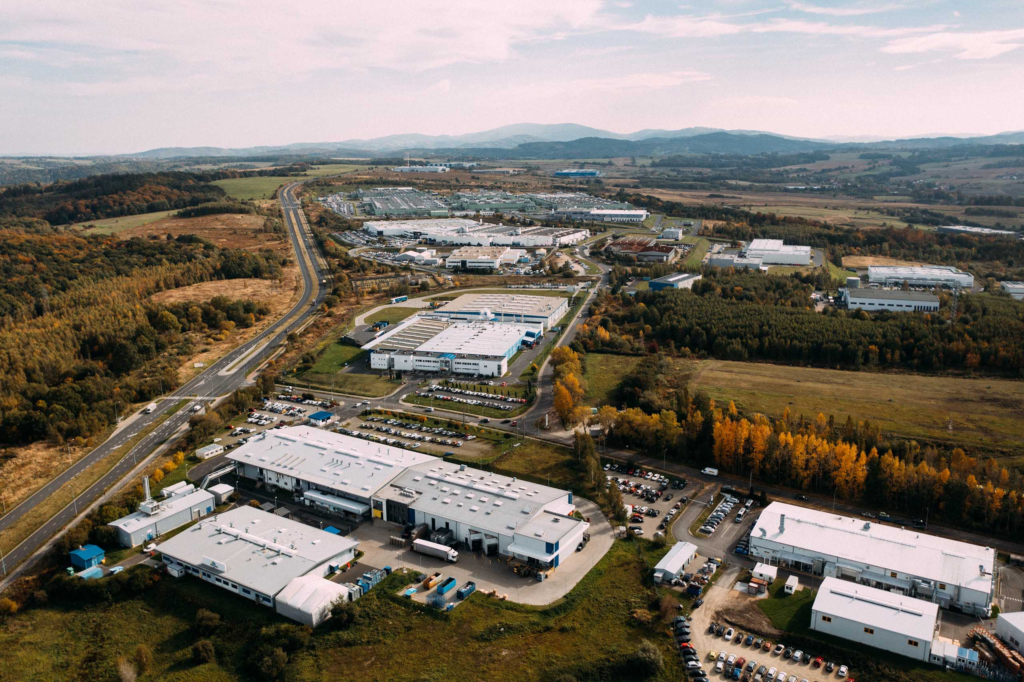
Transport Management Systems (TMS) play a pivotal role in advancing sustainability within logistics through technology-driven solutions. TMS utilizes sophisticated algorithms to pinpoint the most efficient routes, resulting in reduced fuel consumption and emissions, which not only saves costs but also lessens the carbon footprint. Additionally, TMS enables real-time monitoring of vehicle performance, offering valuable insights for fuel-efficient driving. This data-driven approach contributes to emissions reduction and the conservation of resources, further bolstering eco-friendly practices in transport management.
Real-World ESG Success: A Case Study
Let’s consider a real-world case study of a company that successfully integrated ESG principles into its transport management:
Case Study – FedEx
FedEx, a global logistics leader, made significant strides in reducing its environmental impact by implementing ESG initiatives within its transport management system. These included using Transport Management Systems (TMS) to optimize delivery routes, investing in eco-friendly vehicles, promoting sustainable packaging, and educating drivers on eco-conscious driving practices. As a result, since 2010, FedEx successfully reduced fuel consumption by an impressive 20% and avoided emitting over 10 million metric tons of carbon dioxide. This dedication to ESG principles has earned FedEx recognition from esteemed organizations like the Carbon Disclosure Project and the Dow Jones Sustainability Index, solidifying its position as a pioneer in sustainable logistics.
Navigating Challenges and Future Trends
ESG integration in transport management presents promising opportunities alongside notable challenges. Implementing Transport Management Systems (TMS) and adopting ESG practices may necessitate a substantial initial investment, yet the long-term benefits often far outweigh these costs. Moreover, companies must invest in training their workforce to embrace ESG practices and effectively utilize TMS. Looking ahead, future trends are expected to witness a growing number of businesses seeking eco-certifications as a testament to their commitment to sustainability. Additionally, transparent reporting of ESG metrics will likely become standard practice, enabling stakeholders to thoroughly assess a company’s environmental, social, and governance performance.
Embracing Sustainable Transport: A Path to a Brighter Future

In conclusion, sustainability and ESG principles are not just buzzwords; they are the foundation upon which modern businesses must build their future. Transport management is a critical part of this transformation, contributing to a cleaner environment, a more inclusive society, and responsible governance.
Explore the potential of transport management systems, and embrace the future of sustainable logistics on TruckItIn’s blog. The journey towards sustainability in motion begins today, and it’s one that will benefit businesses, society, and the planet for generations to come.
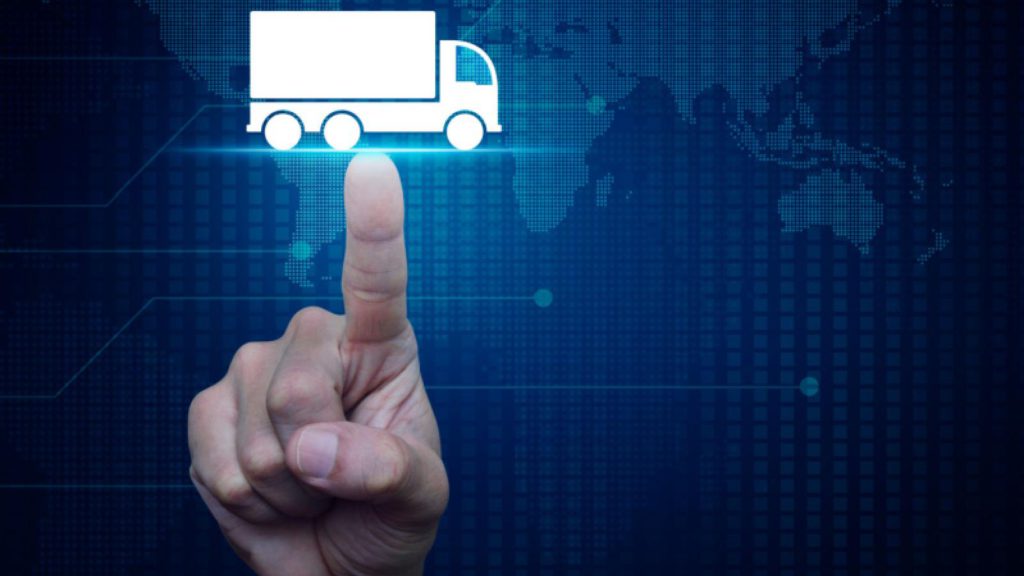
In the world of transportation, where every mile matters, achieving profitability is a constant pursuit. The strategic interplay between cost efficiency and Transport Management Systems (TMS) has emerged as a game-changer in the industry. This blog will delve into the symbiotic relationship between cost efficiency and TMS, exploring how these elements collaborate to unlock profitability and drive the success of modern transportation operations.
The Financial Balancing Act: Navigating Profitability through Cost Efficiency
Cost efficiency isn’t just a buzzword; it’s a cornerstone of profitable transportation. By carefully managing expenses, transport companies can directly influence their bottom line. In fact, statistics reveal that the average transportation company spends a staggering 25% of its operating budget on fuel alone. This expenditure highlights the criticality of cost efficiency in today’s market. Efficiently managing fuel costs can have a profound impact on a company’s financial health, and this is precisely where the synergy of cost efficiency and TMS comes into play.
Streamlining Operations with TMS

Enter Transport Management Systems (TMS), the technological backbone revolutionizing transportation operations. TMS acts as the conductor of an orchestra, harmonizing various facets of the supply chain to create a symphony of efficiency. In a realm where the average transportation company experiences 10% of its shipments as damaged or lost, TMS steps in as a solution. By improving visibility and tracking, TMS can help companies reduce this number by up to 50%, thereby not only saving on replacement costs but also enhancing customer satisfaction.
TMS Advantages: From Route Optimization to Waste Reduction
A well-implemented TMS brings forth an array of benefits that synergize with cost efficiency. From optimized route planning that reduces fuel consumption to streamlined load management that curtails waste, TMS is a catalyst for cost savings. It’s noteworthy that the average transportation company spends about 10% of its operating budget on administrative costs. The integration of TMS can help companies save up to 30% on administrative costs by automating tasks and providing real-time data, thereby improving cost efficiency across the board.
A Glimpse into Profits: TMS in Action
Numbers speak louder than words, and a well-chosen case study can illustrate the real-world impact of TMS on cost efficiency. Take, for example, the success story where a transportation company managed to reduce their operating costs by up to 15% by using Truck It In’s services which effectively give companies access to elements of TMS. This 15% represents a significant figure in an industry where margins matter. This case study demonstrates how implementing TMS transformed a transportation company’s profitability, shedding light on how cost savings can be practically achieved.
Future-Proofing Profitability: TMS Trends and Beyond
Implementing TMS isn’t without its challenges. From technological adoption to change management, hurdles can arise. Yet, the potential for cost efficiency and profitability is clear. Additionally, emerging trends in the realm of cost-effective transport solutions point to the increasing importance of TMS. A study by Gartner found that TMS can help companies reduce their operating costs by up to 15%, underlining the continued relevance of TMS in the evolving transportation landscape.
Steering towards Success: Your TMS-Powered Profitability Journey

In conclusion, the nexus of cost efficiency and Transport Management Systems isn’t just a strategy; it’s a pathway to profitability. By leveraging the power of TMS to optimize operations, reduce wastage, and make data-driven decisions, transport companies can steer their financial success.
Discover more about how TMS can be the compass guiding your journey towards profitable cost management in the dynamic world of transportation and much more on Truck It In’s blog page by visiting www.truckitin.com/blog today!
By Adnan Jawaid

In today’s fast-paced world, transport efficiency plays a crucial role in ensuring the smooth movement of goods from one place to another. Effective supply chain management has become crucial to stay competitive and meet customer demands. Real-time insights and analytics have emerged as powerful tools in optimizing transport operations and maximizing efficiency as they provide immediate access to valuable data and insights, significantly enhancing the decision-making and improving efficiency across the entire supply chain. Big data and analytics enable tremendous impact on a company’s growth and long-term success.
In this blog, we will explore the importance of real-time insights and analytics in driving transport efficiency and how Truck It In is leading the way in reshaping Pakistani logistics.
The Power of Live Data
Real-time insights refer to the ability to collect and process data instantaneously, providing a live view of machinery, vehicles, and other relevant factors in the transport industry. This enables the companies to quickly analyze and respond to time-sensitive data and make informed decisions for greater efficiency, revenue generation, business value, and better resource allocation.

Benefits of Real-Time Insights
Pakistan’s road infrastructure often falls short leading to delays and accidents. Technology like Big Data provides real-time analytics and live tracking allowing improved and innovative route planning, reduced delays, and better resource allocation.
According to Markets and Markets, Transportation Analytics is set for a fast and steady growth and is expected to reach $27.4 billion globally by 2024.

Improved Route Planning: Real-time insights enable transport companies to analyze traffic conditions, weather patterns, and safety factors in real-time, allowing optimized route planning. This results in reduced travel time, fuel consumption, and overall operational costs. Pioneering this innovation in Pakistan, Truck It In utilizes its GPS-based fleet management system, optimizing routes and ensuring seamless movement.
Reduced Delays: Transport companies can proactively identify potential bottlenecks, congestion, or accidents, allowing them to take immediate action to mitigate delays. This leads to improved customer satisfaction and timely deliveries.
Better Resource Allocation: Real-time insights help optimize the allocation of resources such as vehicles, drivers, and fuel. By analyzing live data on demand, capacity, and availability, companies can ensure efficient resource utilization and minimize wastage.
Analytics for Actionable Intelligence
Analytics play a crucial role in transforming raw data into actionable intelligence. Leveraging advanced analytical techniques helps in gaining valuable insights from real-time data and making informed decisions to optimize processes.
Analytics allows data interpretation and identifies patterns, trends, and anomalies. This helps in understanding customer behavior, demand fluctuations, and operational inefficiencies, leading to targeted improvements. Predictive Analytics can be utilized to forecast demand, optimize routes, and anticipate potential disruptions. This proactive approach enables data-driven decision making.

The Truck It In Transformation
Leading the way forward in Pakistan, Truck It In is successfully harnessing the power of real-time insights and analytics to drive transport efficiency. Real-time tracking systems allow Truck It In to monitor the location and status of vehicles and optimize route planning based on live traffic updates. By analyzing historical data and market trends, Truck It In uses predictive analytics to forecast demand. This helps them allocate resources effectively and ensure timely deliveries.
Overcoming Challenges and Future Trends
Integration of diverse data sources, such as cameras, GPS, and geo-location, can be complex. However, technology advancements and data management solutions are addressing these challenges. AI-Driven Predictions can analyze vast amounts of data and make accurate predictions. Automation in transport management, such as autonomous vehicles and smart logistics systems, will revolutionize the industry.
The Future of Transport: Real-Time Insights and Analytics
Real-time insights and analytics have become indispensable tools in driving transport efficiency. Live data and analytics allows informed decision making, route optimization, reduced delays, and effective resource allocation.
Truck It In is at the forefront of this transformation in Pakistan, utilizing real-time insights and analytics to deliver exceptional transport management services and products. Visit our website today to get more information about Truck It In’s logistics solutions and share your contact details to set up a demo with our team.

In the intricate world of logistics, it’s easy to overlook the crucial role played by documentation. However, the truth is that documentation is the backbone of global supply chains. It weaves together the tapestry of operations, ensuring smooth processes in this fast-paced industry where products travel across the globe at lightning speed. In this post, we’ll delve into the significance of documentation in the logistics industry, discuss ways to enhance its efficiency, and examine its current state in the Pakistani logistics industry.
The Crucial Role of Documentation in Logistics
Documentation is a crucial aspect of the supply chain industry that cannot be overstated. It forms the foundation of our operations, providing a comprehensive record of every step taken in the supply chain journey. From the moment goods leave the manufacturer to their final destination, meticulous documentation ensures that transparency, accuracy, and compliance are maintained. Regulatory Compliance, Traceability and Accountability, Efficient Communication, and Risk Mitigation are some of the key reasons why documentation is indispensable.
In fact, statistics reveal that a staggering 90% of logistics professionals believe that documentation is essential to their operations. The cost of manual documentation errors averages around $12,000 per error, highlighting the financial impact of inaccuracies. To put the sheer volume of documentation into perspective, the global logistics industry generates over 100 trillion pages of documentation each year. However, only a mere 20% of logistics companies have adopted digital documentation solutions, despite the potential benefits.
Strategies for Enhancing Documentation Efficiency
Proper documentation and continuous improvement are cornerstones of robust supply chain management. To enhance its efficiency, consider adopting digital platforms and software to automate documentation processes. This will reduce the risk of manual errors and speed up data processing and sharing. Implementing industry-standard documentation formats and codes can ensure consistency and compatibility across the entire supply chain.
Interestingly, data reveals that the adoption of digital documentation solutions can save logistics companies up to 30% on costs and improve logistics efficiency by up to 50%. Moreover, these solutions can reduce the risk of human error by up to 80%, highlighting the substantial benefits of transitioning to a digital approach.
Pakistan’s Logistics Landscape: A Documentation Perspective
Pakistan’s logistics industry plays a vital role in the nation’s economy yet many logistics companies in still rely on manual documentation, leading to delays, errors, and inefficiencies, which result in delayed invoicing and poor cash conversion cycles.
The Pakistani logistics industry is worth over $100 billion and is growing at a rate of 10% per year. However, only 10% of logistics companies in Pakistan have adopted digital documentation solutions, suggesting significant untapped potential for improvement.
Truck It In: Revolutionizing Pakistani Logistics
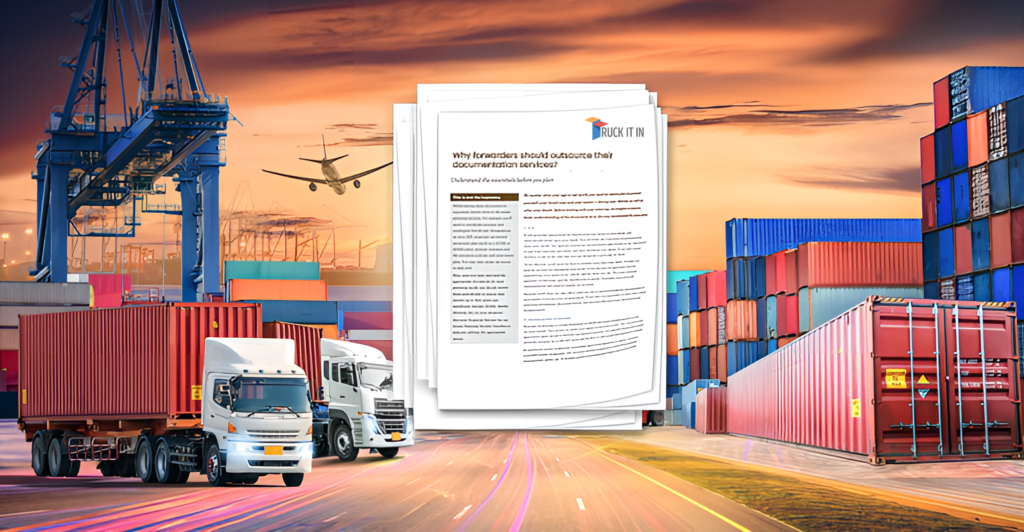
Truck It In, a trailblazing digital platform, has transformed Pakistan’s logistics sector. By digitizing documentation, ledger management, payments, and trip records, it eliminated paperwork and delays. The platform’s efficiency enhancements marked a revolutionary departure from traditional practices that hindered progress.
Empowering Documentation for a Brighter Future

Documentation is absolutely crucial in global logistics. It is the backbone that ensures the smooth functioning of every aspect of the supply chain, from complying with regulations to facilitating effective communication. By embracing digital transformation, standardization, and training, the logistics industry can unlock an unprecedented level of efficiency and dependability. Overcoming the challenges associated with documentation in Pakistan is paramount to driving the industry toward a brighter future. Let us acknowledge and applaud the unsung hero of logistics – documentation – and empower it to lead the industry toward even greater heights.
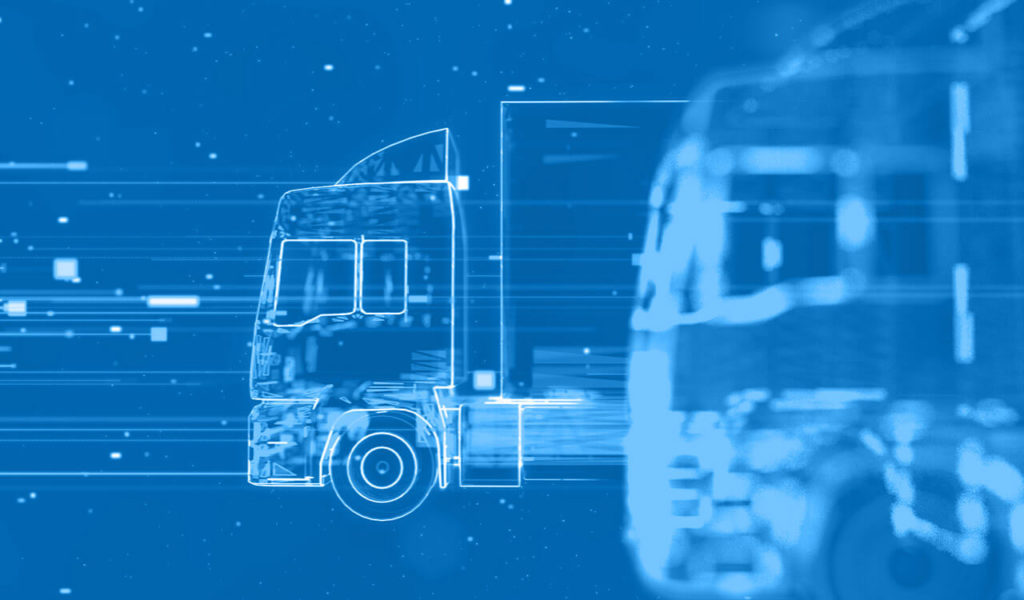
In today’s fast-paced logistics landscape, every minute and mile matters. Transport Management Systems (TMS) have emerged as crucial tools for streamlining operations, ensuring efficient deliveries, cost savings, and customer satisfaction. A Gartner study revealed that 87% of supply chain professionals plan to invest in supply chain resilience within two years, underscoring the rising importance of advanced solutions like TMS.
Route Planning and Optimization
TMS plays a pivotal role in route planning by analyzing distance, traffic conditions, delivery windows, and vehicle capabilities. This generates optimal routes for delivery fleets, saving time, fuel, and reducing environmental impact. Gartner’s survey found that 74% of supply chain leaders made network location changes in recent years to enhance route planning and network efficiency.
Multi-Modal Planning
Load optimization is another TMS strength. By considering cargo characteristics, vehicle capacities, and delivery priorities, TMS maximizes space utilization. Moreover, it seamlessly integrates various transportation modes like road, rail, air, and sea, capitalizing on cost-effective and timely deliveries. Almost 74% of supply chain leaders anticipate profit growth due to optimized multi-modal logistics by 2025.
Real-Time Insights and Exception Handling

TMS offers real-time visibility into goods movement, empowering accurate tracking and accountability throughout the supply chain. In unforeseen events such as delays or weather disruptions, TMS generates alerts and alternative solutions promptly. As 61% of supply chain leaders foresee a permanent hybrid work model for frontline workers, adaptable systems like TMS become vital.
Fleet Management and Efficient Order Fulfillment
Fleet management through vehicle assignment, scheduling, and optimization is made effective via TMS. Maintenance and telematics functionalities monitor vehicle health, reducing downtime and enhancing reliability. TMS also supports driver management and safety, ensuring compliance with regulations and promoting well-being. UPS’s implementation resulted in a 10% delivery time reduction and a 5% transportation cost decrease.
Smart Order Management Enabled by TMS
TMS streamlines order management, minimizing trips for multiple orders through consolidation, reducing costs and emissions. Appointment scheduling enhances customer satisfaction and resource utilization. FedEx’s use of TMS led to a 15% increase in vehicle utilization and a 10% reduction in fuel consumption.
Tangible Success Stories and Benefits
Amazon’s TMS implementation reduced order processing time by 50% and improved customer satisfaction by 20%, showcasing TMS’s potential across diverse scenarios. TMS benefits encompass reduced transportation costs, improved customer satisfaction, optimized resource utilization, enhanced supply chain visibility, and better compliance. TMS empowers companies to stay competitive in a dynamic market.
Future Trends and Innovation: Pioneering the Next Phase
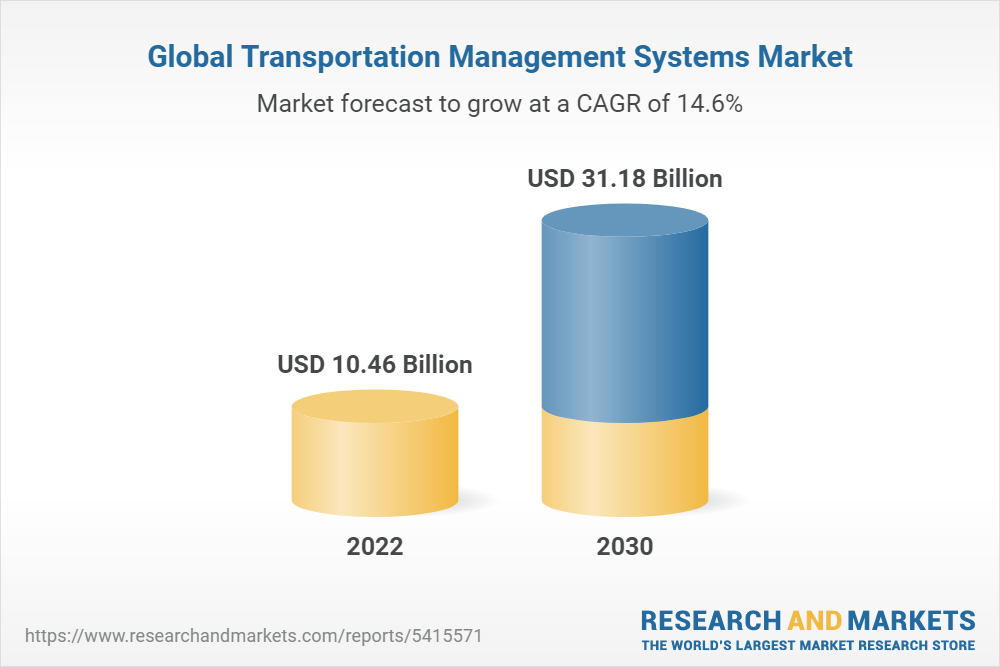
The evolution of TMS holds exciting possibilities. The integration of AI-driven optimization is set to revolutionize route planning and load allocation by harnessing real-time data for smarter decision-making. This promises even greater efficiency gains and cost savings. Furthermore, the incorporation of blockchain technology into TMS is poised to enhance supply chain transparency and security. This will foster trust among stakeholders by providing an immutable record of transactions and interactions. The future of TMS is not just about improving logistics; it’s about shaping a more connected, secure, and efficient transportation landscape.
Navigating Forward
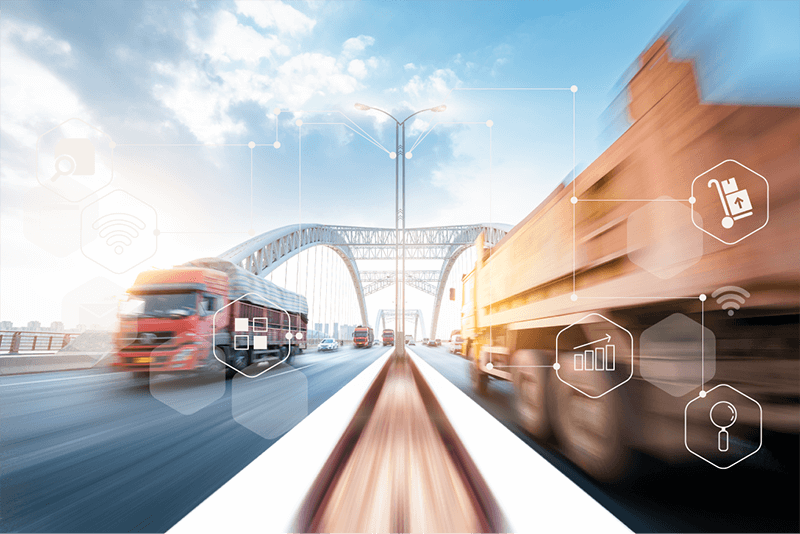
In conclusion, Transport Management Systems are vital for modern logistics. From route optimization to real-time tracking and fleet management, TMS boosts efficiency. As logistics evolve, TMS will remain pivotal, driving enhanced operations, cost savings, and customer satisfaction. Embracing TMS propels industries towards a connected, optimized transportation future.
Discover Cutting-Edge Logistic Solutions with Truck It In!
Curious about how Truck It In is leveraging advanced TMS elements to revolutionize logistics? To delve deeper into our innovative offerings and witness TMS in action, visit our website now. If you’re ready to experience the future of logistics firsthand, don’t hesitate to reach out and schedule a personalized demo with our team. Elevate your logistics game with Truck It In today!
Visit Our Website or Contact Us to Set Up a Demo.